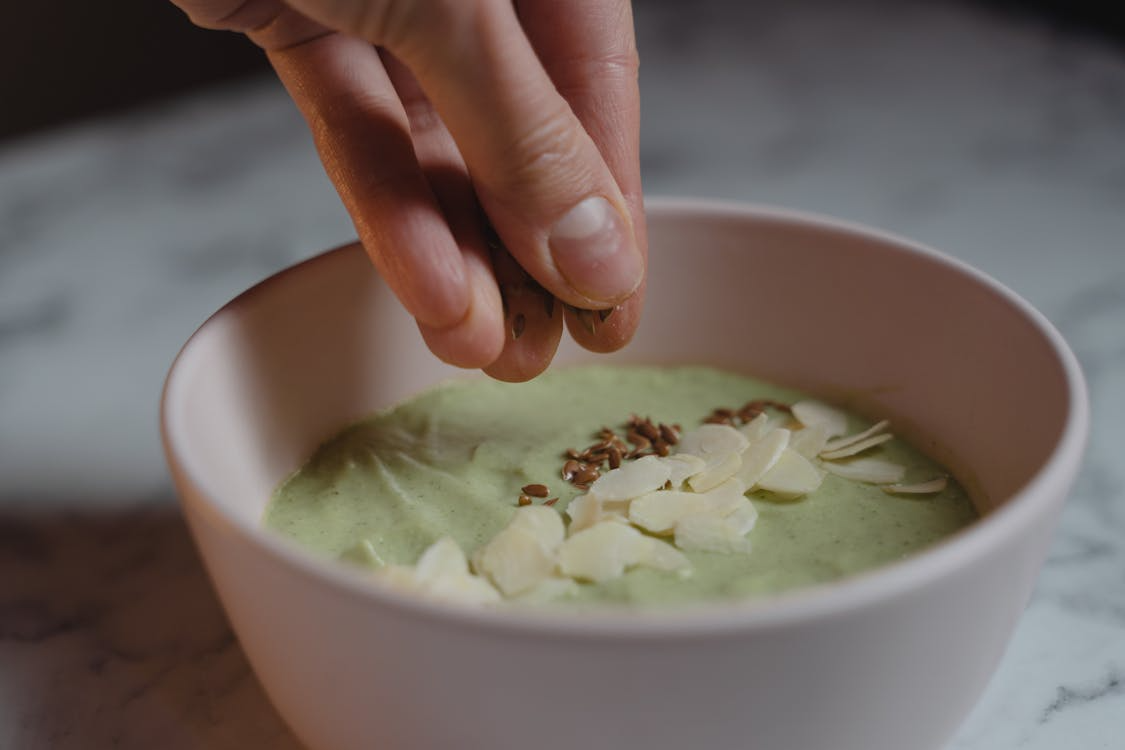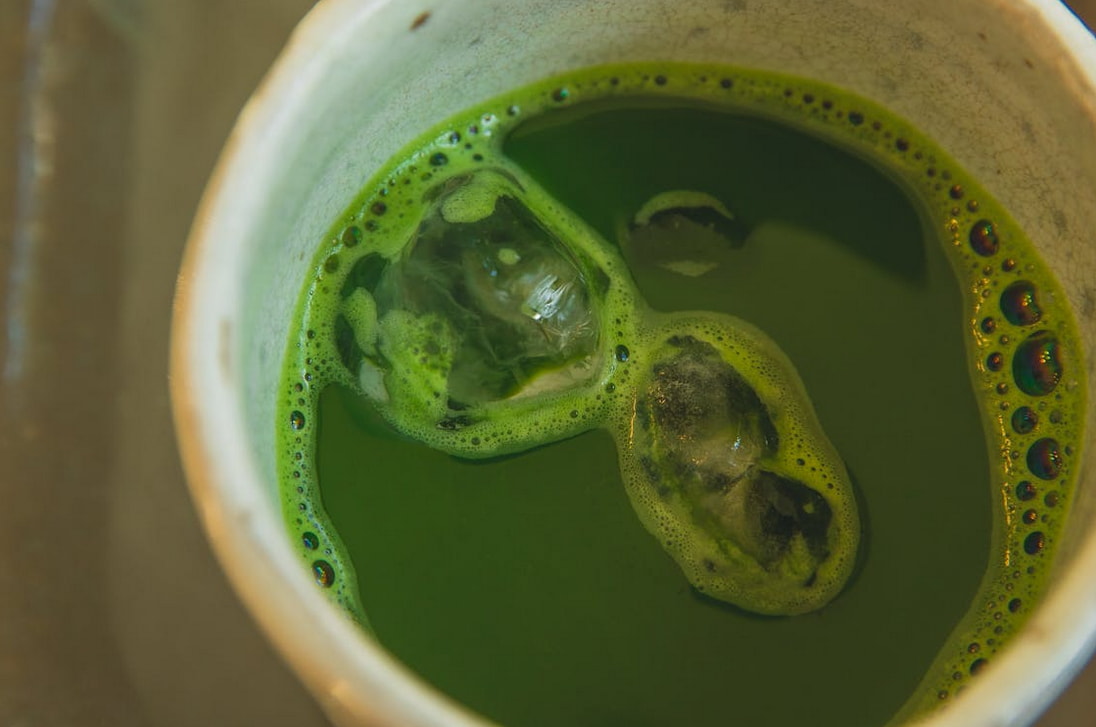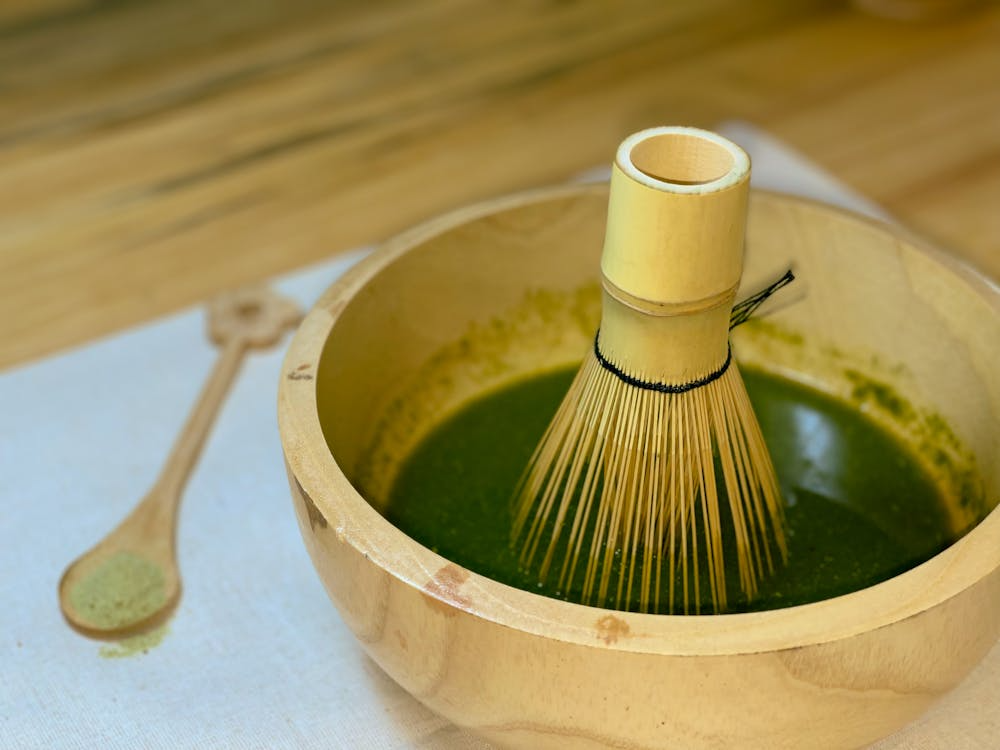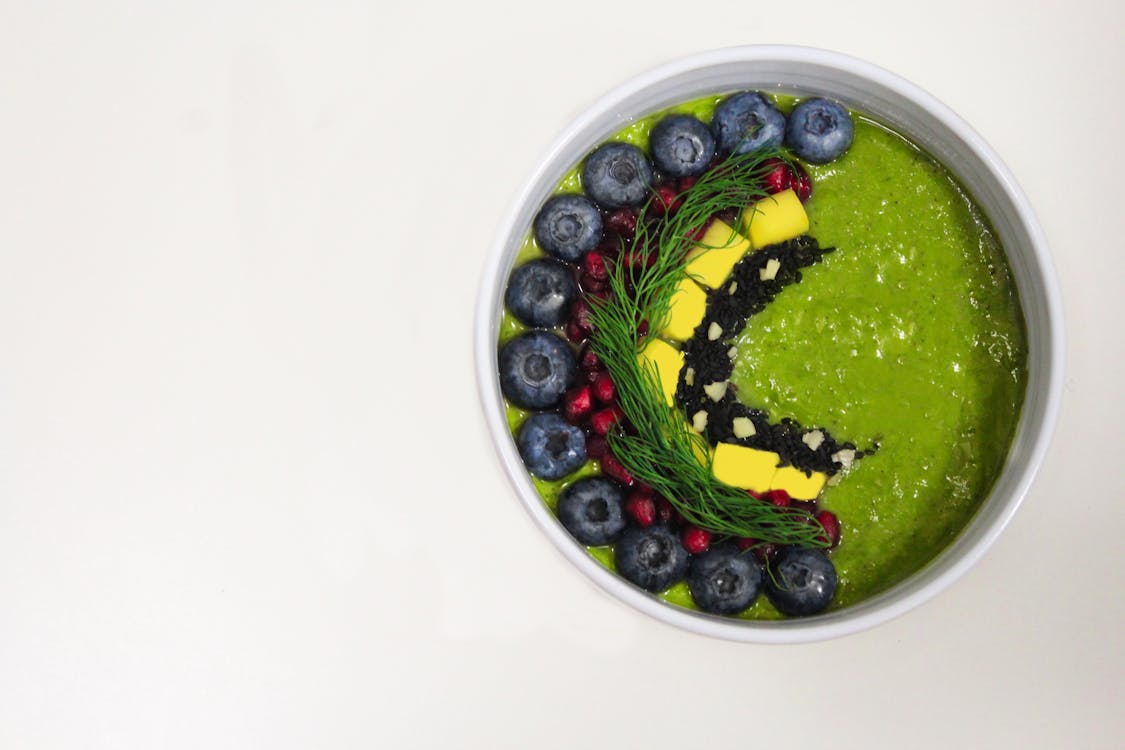The vibrant green powder known as matcha has transcended its traditional tea ceremony roots to become a versatile ingredient in modern kitchens worldwide. As smoothie culture continues to flourish, health-conscious individuals increasingly wonder whether this antioxidant-rich powder can enhance their favorite blended beverages. The short answer is absolutely yes, matcha makes an excellent smoothie addition that not only boosts nutritional value but also creates stunning emerald-colored drinks with complex, earthy flavors. However, successfully incorporating matcha into smoothies requires understanding its unique characteristics, proper preparation techniques, and ideal flavor pairings. We’ll go through everything you need to know about creating delicious, nutritious matcha smoothies that deliver both exceptional taste and impressive health benefits.
Matcha is More Than Just Green Tea
Matcha is the pinnacle of green tea cultivation and processing, originating from specially grown tea leaves that undergo a meticulous production process. Unlike conventional green tea where leaves are steeped and discarded, matcha involves consuming the entire leaf in powdered form, dramatically concentrating its nutritional benefits and flavor compounds.
The cultivation process begins weeks before harvest when tea plants are covered with shade cloths, forcing them to produce higher levels of chlorophyll and amino acids, particularly L-theanine. This shading technique creates matcha's characteristic vibrant green color and contributes to its unique flavor profile that balances vegetal earthiness with subtle sweetness. After harvesting, the leaves are steamed, dried, and stone-ground into the fine powder we recognize as matcha.
This concentrated form means matcha delivers significantly more antioxidants, vitamins, and minerals than regular green tea. A single serving provides catechins, particularly EGCG (epigallocatechin gallate), vitamin C, vitamin A, fiber, and chlorophyll in amounts that would require multiple cups of brewed green tea to match. The presence of L-theanine creates a unique caffeine experience, providing sustained energy without the jitters or crashes associated with coffee consumption.

The Perfect Marriage: Matcha Meets Smoothie
Incorporating matcha into smoothies creates a harmonious blend that enhances both nutritional value and sensory experience. The powder integrates seamlessly with liquid ingredients, creating uniformly colored drinks without the grittiness sometimes associated with other superfood powders. Unlike whole tea leaves that require steeping and removal, matcha dissolves completely, ensuring every sip delivers consistent flavor and nutrition.
Smoothies provide an ideal vehicle for matcha consumption, particularly for those who find traditional matcha tea too intense or bitter. The natural sweetness from fruits, creaminess from dairy or plant-based alternatives, and additional flavors help balance matcha's earthy characteristics while preserving its beneficial compounds. This combination allows newcomers to gradually acclimate to matcha's distinctive taste while experienced enthusiasts can create more complex flavor profiles.
The temperature flexibility of smoothies also works in matcha's favor. While traditional matcha preparation requires specific water temperatures to avoid bitterness, cold smoothie preparation eliminates temperature concerns, making the process more forgiving for beginners. Additionally, the quick consumption typical of smoothie drinking ensures optimal nutrient absorption before any potential degradation occurs.
Selecting the Right Matcha Grade
The matcha market offers various grades, each suited for different applications and budgets. Understanding these distinctions helps ensure optimal smoothie results and value for money.
Ceremonial grade matcha represents the highest quality, featuring the finest powder texture, most vibrant color, and most delicate flavor profile. Made from the youngest tea leaves and first harvest, ceremonial grade commands premium prices but delivers unparalleled taste and nutritional benefits. While excellent for traditional tea preparation, its subtle flavors can be overwhelmed by strong smoothie ingredients, making it potentially wasteful for blended applications.

Culinary grade matcha offers the sweet spot for smoothie applications, providing excellent quality at more reasonable prices. This grade features slightly more robust flavors that hold their own against fruits and other smoothie additions while maintaining good color and nutritional value. The texture remains fine enough for smooth blending without grittiness, and the flavor profile works well with both subtle and bold ingredient combinations.
Ingredient grade matcha, the most economical option, works adequately for smoothies where other flavors dominate. While lacking the refinement of higher grades, it still provides significant antioxidant benefits and that characteristic green color. This grade works particularly well in heavily flavored smoothies or for those just beginning their matcha journey.
Flavor Pairing Strategies
Successfully incorporating matcha into smoothies requires understanding which ingredients complement its unique taste profile while achieving balanced nutrition and appealing aesthetics.
Tropical fruits create excellent partnerships with matcha, with pineapple's acidity and sweetness helping to brighten matcha's earthiness while coconut provides creamy richness that softens any bitter notes. Mango adds natural sweetness and creates beautiful color gradients, while banana contributes creaminess and mild sweetness that doesn't compete with matcha's complex flavors.
Berries offer another successful pairing strategy, with blueberries providing antioxidant synergy and mild sweetness, while strawberries contribute vibrant flavor and natural sugars. However, darker berries like blackberries can muddy matcha's beautiful green color, though the nutritional benefits remain excellent.
Citrus elements, particularly lime or lemon, create bright, refreshing combinations that enhance matcha's natural complexity. Small amounts of citrus juice can elevate the entire flavor profile without overwhelming the delicate tea notes. Similarly, mint creates cooling, refreshing blends that feel sophisticated and spa-like.
For those seeking indulgent options, vanilla adds warmth and sweetness that transforms matcha into a dessert-like experience. Nut butters, particularly almond or cashew, provide richness and protein while their mild flavors support rather than compete with matcha.
Proper Preparation Techniques
Achieving smooth, lump-free matcha smoothies requires specific preparation approaches that ensure even distribution and optimal texture. Pre-sifting matcha powder eliminates clumps before blending, ensuring smooth final results. A fine-mesh strainer removes any particles that might create grittiness, particularly important with lower-grade matcha powders. This extra step takes minimal time but dramatically improves the final product's quality.

Liquid addition order matters significantly for matcha smoothies. Adding matcha to a small amount of liquid first creates a paste-like consistency that blends more easily than adding powder to a full blender of ingredients. This technique, borrowed from traditional matcha whisking methods, prevents powder from clumping and ensures even distribution throughout the smoothie.
Blending duration affects both texture and color development. Starting with shorter bursts allows matcha to hydrate properly before extended blending, while over-blending can introduce air bubbles that affect both appearance and mouthfeel. Most smoothies benefit from 30-60 seconds of blending after matcha incorporation.
Temperature considerations also impact final results. While matcha handles cold temperatures well, extremely cold ingredients can make powder harder to dissolve initially. Allowing frozen fruits to thaw slightly or using room-temperature liquids initially can improve blending efficiency.
Recommended Quantities and Ratios
Determining the right amount of matcha for smoothies depends on personal taste preferences, caffeine tolerance, and desired nutritional benefits. Beginners should start with 1/2 teaspoon (approximately 1 gram) of matcha per serving to assess individual tolerance and taste preferences. This amount provides noticeable flavor and color while delivering meaningful nutritional benefits without overwhelming other ingredients. As palate adaptation occurs, quantities can gradually increase to achieve desired intensity.
Standard serving sizes typically range from 1/2 to 1 teaspoon per smoothie, providing 30-60mg of caffeine, roughly equivalent to half a cup of coffee but with more sustained energy release due to L-theanine content. Those sensitive to caffeine should remain at lower doses or consume matcha smoothies earlier in the day to avoid sleep disruption.
Advanced users comfortable with matcha's flavor profile might use up to 2 teaspoons per serving, though this approaches the upper limits of reasonable consumption and may create overpowering earthiness that masks other ingredients. Such quantities work best in larger smoothies or when other strong flavors balance the intensity.
Recipe Ideas and Combinations
Tropical Paradise Matcha
Combine 1 teaspoon matcha with 1/2 cup pineapple chunks, 1/2 frozen mango, 1/4 cup coconut milk, 1/2 cup coconut water, and a squeeze of lime juice. This combination creates a vacation-worthy smoothie with balanced sweetness and tropical flair.
Green Goddess
Blend 3/4 teaspoon matcha with 1/2 avocado, 1 banana, 1 cup spinach, 1 cup almond milk, and 1 tablespoon honey. The avocado adds incredible creaminess while spinach boosts nutritional density without affecting taste.
Berry Matcha Antioxidant Blast
Combine 3/4 teaspoon matcha with 1/2 cup blueberries, 1/4 cup strawberries, 1/2 banana, 1 cup Greek yogurt, and 1/2 cup almond milk. The berry combination provides complementary antioxidants while yogurt adds protein and probiotics.

Potential Considerations and Tips
While matcha smoothies offer numerous benefits, certain considerations ensure optimal results and satisfaction.
Caffeine content varies between matcha grades and individual sensitivity levels. Those consuming multiple servings daily should monitor total caffeine intake to avoid restlessness or sleep disruption. Matcha's L-theanine content provides more sustained energy than coffee, but cumulative effects still matter.
Quality storage preserves matcha's nutritional benefits and flavor profile. Airtight containers stored in cool, dark locations maintain powder quality longer than exposure to light, heat, or moisture. Refrigeration can extend shelf life, though proper sealing prevents moisture absorption.
Timing consumption strategically maximizes benefits while minimizing potential drawbacks. Morning or early afternoon consumption provides energy benefits without interfering with nighttime sleep, while post-workout timing can enhance recovery through antioxidant compounds.
Individual taste adaptation often requires patience and experimentation. Those initially finding matcha too intense should start with smaller quantities and gradually increase as palate preference develops. Combining with naturally sweet ingredients helps ease the transition while maintaining nutritional benefits.

Maximizing Nutritional Benefits
Matcha smoothies offer opportunities to create nutritionally dense meals or snacks that support various health goals. Combining matcha with protein sources like Greek yogurt, protein powder, or nut butters creates satisfying post-workout recovery drinks. Adding healthy fats from avocado, coconut, or seeds provides satiety and supports nutrient absorption.
Fiber additions from fruits, vegetables, or supplemental sources enhance digestive health while creating more substantial, meal-replacement options. The antioxidant synergy between matcha and colorful fruits potentially amplifies protective benefits beyond individual ingredient contributions.
Probiotic combinations through yogurt or kefir additions support gut health while complementing matcha's prebiotic fiber content. These combinations create functional beverages that address multiple health aspects simultaneously.
Dr. Emil's Multi Collagen Peptides Plus Matcha
For those seeking to maximize their smoothie's wellness potential, premium formulations offer enhanced benefits beyond traditional matcha powder. Dr. Emil's Multi Collagen Peptides Plus Matcha represents an innovative approach to functional nutrition, combining high-quality matcha with comprehensive beauty and wellness support in one convenient powder.
Multi Collagen Peptides Plus Matcha

Dr. Emil's Multi Collagen Peptides Plus Matcha delivers an impressive 500mg of premium matcha leaf tea alongside 9 grams of multi-source collagen peptides, creating a powerhouse combination that addresses multiple health aspects simultaneously. The formula incorporates all five essential collagen types (I, II, III, V, X) sourced from diverse origins to support comprehensive structural health including skin elasticity, joint mobility, and nail strength.
The inclusion of hyaluronic acid enhances the formula's beauty benefits by supporting skin hydration and plumpness from within, while olive oil powder provides additional nourishment for healthy skin and hair. This sophisticated blend transforms ordinary smoothies into comprehensive wellness beverages that deliver sustained energy from matcha's natural caffeine alongside long-term structural support from bioavailable collagen peptides. The antioxidant synergy between matcha's catechins and collagen's amino acids creates enhanced free radical protection while supporting cellular repair processes throughout the body.

Incorporating matcha into smoothies represents a delicious, nutritious way to enjoy this superfood powder's benefits while creating visually stunning, energizing beverages. Success depends on selecting appropriate matcha grades, understanding proper preparation techniques, and experimenting with complementary flavor combinations that enhance rather than mask matcha's unique characteristics. Whether seeking increased energy, antioxidant benefits, or simply exploring new flavor territories, matcha smoothies offer endless possibilities for customization and creativity. Start with simple combinations and gradually develop more complex recipes as your palate adapts to matcha's distinctive earthiness. With practice and experimentation, these green powerhouse smoothies can become a regular part of a healthy, energizing routine that delivers both nutritional benefits and genuine enjoyment






